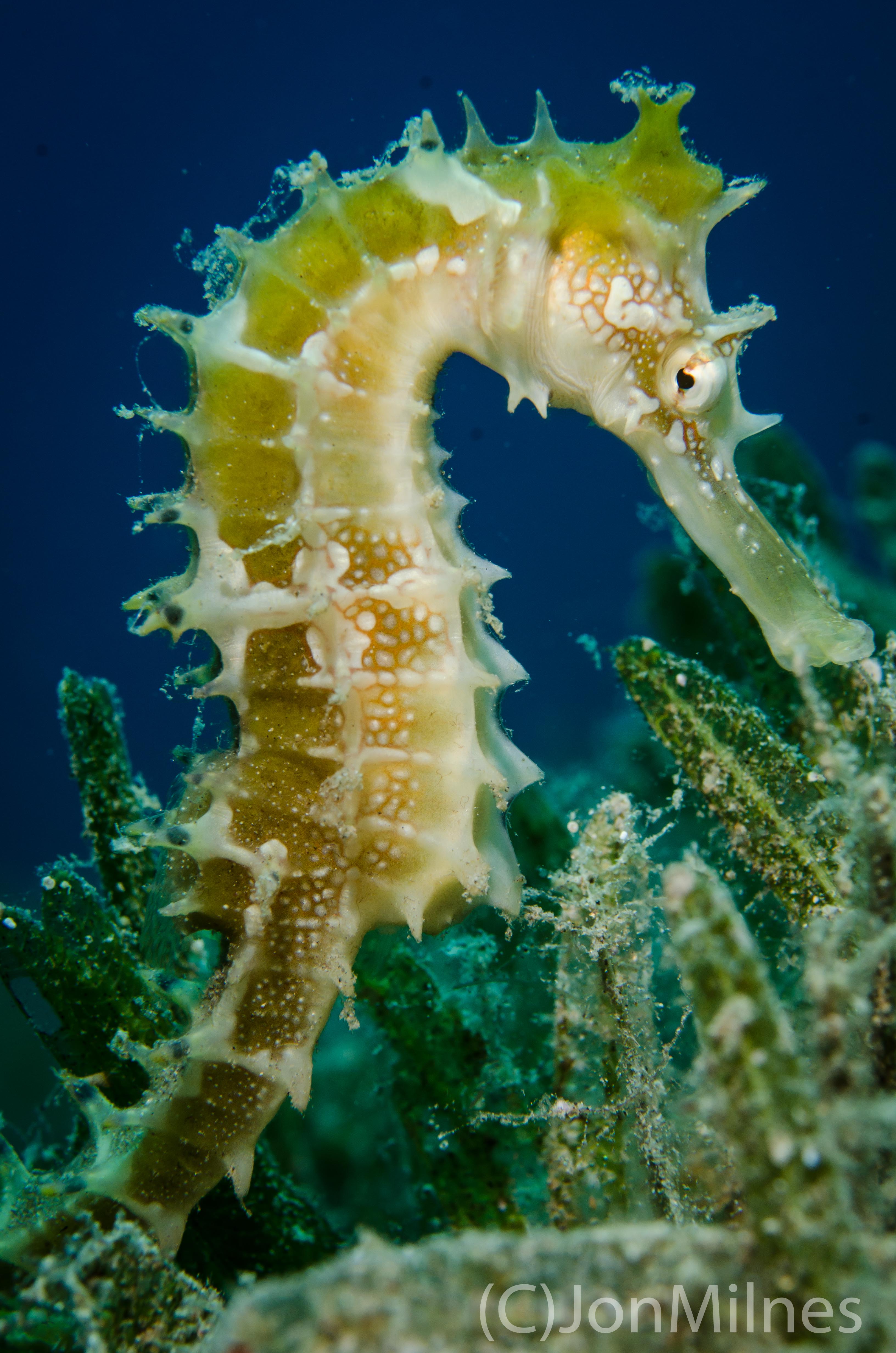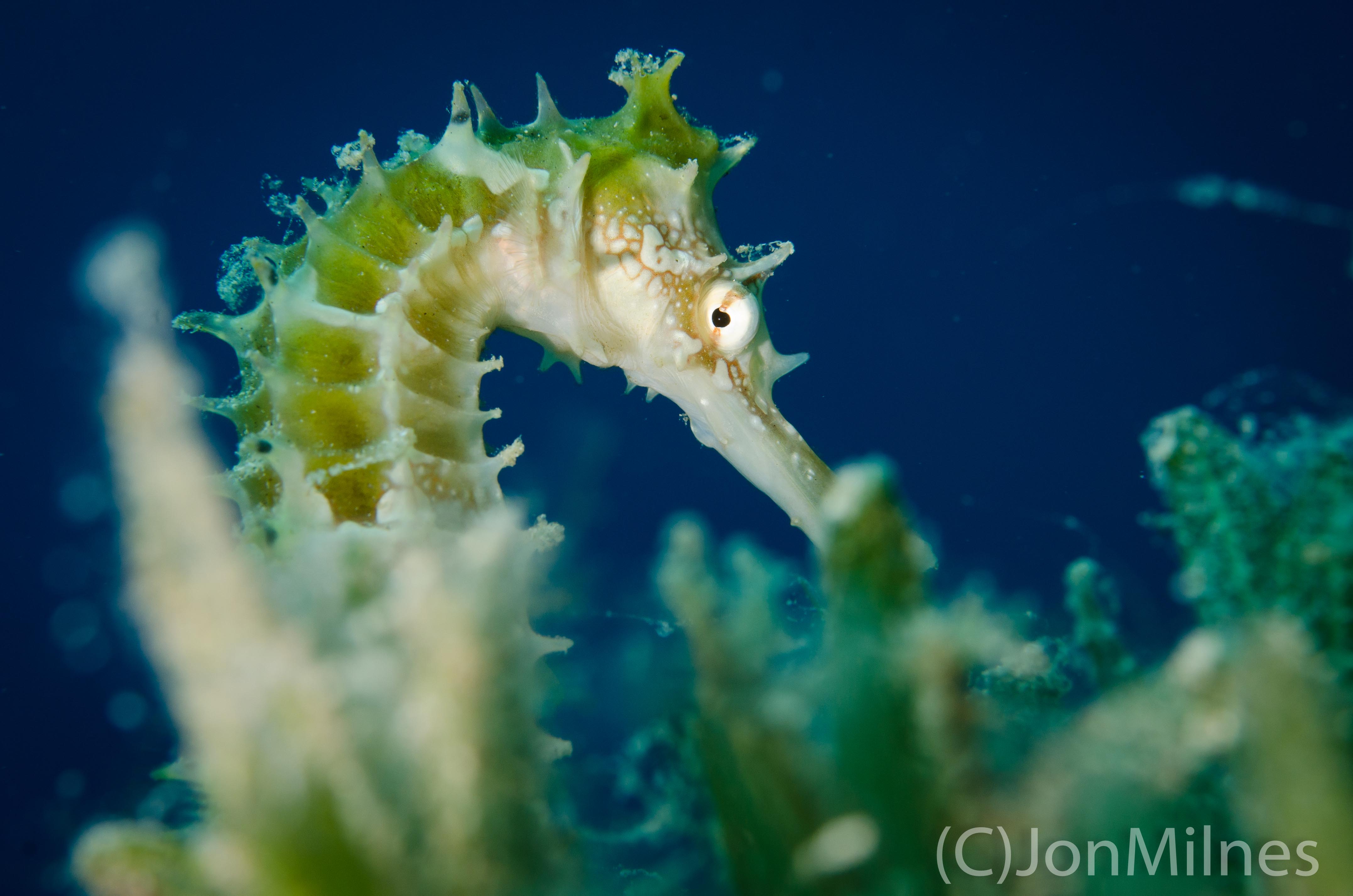This is a guest blog post by Jon Milnes. Red Sea Photographer
I have been a professional underwater photographer for 5 years now. Most of my work has been for dive centres in the Bahamas, Cyprus and Thailand, following you divers around, snapping a few good portraits and trying my hardest to sell the photos to you. The second part of my underwater photography work is stock. When I started uploading shots to the various different stock agencies, there weren’t so many other underwater photographers doing it; this made for modest payouts at the end of every month. Nowadays there are a lot more underwater photographers going down this route, trying to supplement their income with stock photography.

Whoever said there’s no money in underwater photography hit the nail pretty much right on the head, unless of course you are supplying Nat Geo with ground breaking images or shooting Rolex adverts! But who needs money when you have two amazing hobbies that you can combine and feel so passionate about.
As with anything diving related there are subsections of underwater photography: wide angle, macro, super macro, and what I like to call medium range. Most of my time underwater has been spent with a Nikon D300, a Sea&Sea housing, two strobes and a Tokina 10-17 fisheye. This well-known lens is a must have for any wide angle buffs with a prosumer DSLR; this is the configuration that I feel most comfortable with, as I have used it on so many dives. But when I dive now, I try and get out of my comfort zone and I put a lens on that I haven’t had so much practice with, like my macro 60mm or even my midrange 18-50mm. This is what really excites me and new challenges arise from it.

The attached photo is a simple? seahorse shot, taken with a Nikkor 60mm macro lens and Nikon D7000 in a Sea&Sea Housing with an Inon Z240 and Inon snoot attached. In my 15 years of diving I haven’t always been lucky spotting seahorses. I have come across about 10, and with camera-in-hand, only about 3. So when I spotted this beauty in the Red Sea, off Dahab, Egypt, on the house reef, I was determined to get a good shot of her; it turned out to be a lot harder that it sounds. As you know when you’re diving and you spot a rare animal, you gasp for air with surprise because you are seeing something you don’t normally come across. I start screaming in my head with excitement and with this, breathing increases.
To get a good shot, it’s all about approach and angle, so first off, before doing anything, I set about calming my mind and breathing , also thinking what angle would be best to make my approach. I left it another 30 seconds or so and took a few deep breaths and slowly with minimal movements went forward. I always find a very slow approach the best and start shooting further away, moving forward with the slightest of fin kicks, whilst keeping my eye through the view finder. You can guarantee if you take your eye of the ball the target will turn and face the camera and start doing the Tango!
At this stage I was getting some just- OK shots, fine tuning my camera settings to get the desired depth of field, strobe power and positioning from my snoot. The problem I had was that she (the little horsey) always had her back to me and she was in a little crater-like dip in the surrounding sea grass. So my position and her position were far from perfect – this happens a lot underwater – photographing an uncontrollable entity. I was going to have to call on that stuff called patience and stick with her. I decided to keep an eyeball on her and back off a few meters so she could have room to think, move and compose her cute little self and get used to me being in the area. This would also give me a breather and I could try a different angle of approach, hoping she would move up to higher ground and I could get the magic blue water column behind her.
So there I was, 15 meters deep, 45 minutes into the dive, and around 90bar in my tank, one eye on my little seahorse and the other on my computer, checking everything was good and trying to estimate how long I would have before I had to head back to shore. On top of this, I knew I should have put on a wet suit as I was starting to feel a little fresh with only my board shorts and rashy on, so the decision was already made, this would be my last attempt at getting the money shot – and I had around 5 minutes to get it. I made my second approach in what felt like slow motion, focusing on slow, shallow breathing and trying to predict her movement. I also approached at a different angle, knowing that she would slowly move away from me, up the gentle slope where I wanted her. With my fin tips being the only point of contact on the sea grass so as not to disturb the bottom I waited patiently for her to turn and face.
Seahorses, being extremely shy and delicate creatures, like to hide and have remarkable camouflage; I wanted to get a shot where she blended in with her environment and show those characteristics. She was moving into a great position, and I was in the right position to capture her, with the blue water column behind her and the sea grass in front. My camera settings were dialled in and my strobe was being directed by my left hand as to snoot the light directly on her. I knew my 5 minutes were coming to an end, and for safety reasons I would have to cut the dive and head back very soon. I hung on the last 30 seconds with anticipation and a little frustration, thinking I was going home without the shot I had imagined… and as if my magic, she slowly turned and looked at me as if to say, go ahead make me famous. My heart stopped, I snapped a few shots and then she turned away and moved down the other side of the slope. I checked the playback on my camera and there it was… I got it. I felt a surge of immense satisfaction and looking around me being in that underwater environment, it was so personal and private, I was one very happy man!
There is something spiritual about diving. A mission with a camera on the dive makes it even more sublime; I can lose myself under the water in deep concentration, shooting away at my subject, it’s almost meditation. It’s when I feel in this state that the magic happens and sure enough on this dive, with this sea horse, and at this moment, I felt the magic.

